We could see during our research that the desire of the clubs concerning the development of the padel is very random from one club to another. We then tried to understand why.
First of all, there are structures that are more vulnerable than others. You should know that an association benefits from public subsidies, but these subsidies can vary from one club to another. In addition, some clubs have fewer members and therefore less cash inflows per year. Thus, the smaller clubs in the region cannot necessarily afford to build a pitch. Indeed, we have learned that clubs in the Hauts-de-France region can benefit from indirect financial aid from the FFT via the Hauts-de-France tennis league. However, this aid is "minimal" compared to the total cost of the installation, which can go up to 50 euros with the concrete slab. The aid is up to 000 euros. We have seen that the municipal clubs must also appeal to the town hall, so that the budget is voted, and that a part is in favor of the development of the club, as we have seen with the case of the club in which François is in charge of the project padel.
Then, we were able to observe other criteria that come into account. Some clubs do not want to sacrifice a court, because they keep the priority to tennis, which is the main and basic activity. Some of these clubs do not have the area next to the tennis courts to build a tennis court. padel, so the reasoning for these clubs is irrelevant.
Among these clubs that focus on the pure practice of tennis, some also have teams engaged in competition, including sometimes several at the national level. This level requires clubs to have a number of outdoor and indoor courts. Thus, these clubs can not separate from one of their courts.
However, we have the firm conviction after this research work that tennis is in transition, and is changing cycles. The reform concerning the Davis Cup bears witness to this. Tennis has been entrenched in its traditions for several decades, however it is now taking a new form; new rules including shorter match times. We have the impression that tennis is taking on a new form, which indirectly implies a change in the offer in tennis clubs. We finally tend, among other things, to a more fun practice, which involves the arrival of new practices within tennis clubs such as the padel.
Other clubs have the place, but quite simply have other projects; renovation of the grounds, the clubhouse, the changing rooms, development of education, etc. These are all reasons that weigh in the balance.
Geographical location can also play a role. Xavier Dumortier had shown that clubs in dense geographical areas in terms of the number of tennis clubs, tended to want to develop projects more padel, because of the strong competition between the clubs to attract more and more contributors.
Finally, we observed that quite simply the profile of the president intervenes in this decision. Each officer has their own opinion about this practice, and each officer has their own interests in club policy. We could see in Dumortier's memoir that the older the presidents, the less likely they are to develop padel.
This hypothesis is therefore not validated. The desire to integrate the padel in the club varies from club president to club president.
Pierre studied STAPS, and validated a master's degree in sports management, after studying in Reims, Frankfurt and Lille. I discovered the padel in 2014 during my Erasmus year in Frankfurt thanks to a Spanish friend. Damn it is good padel !




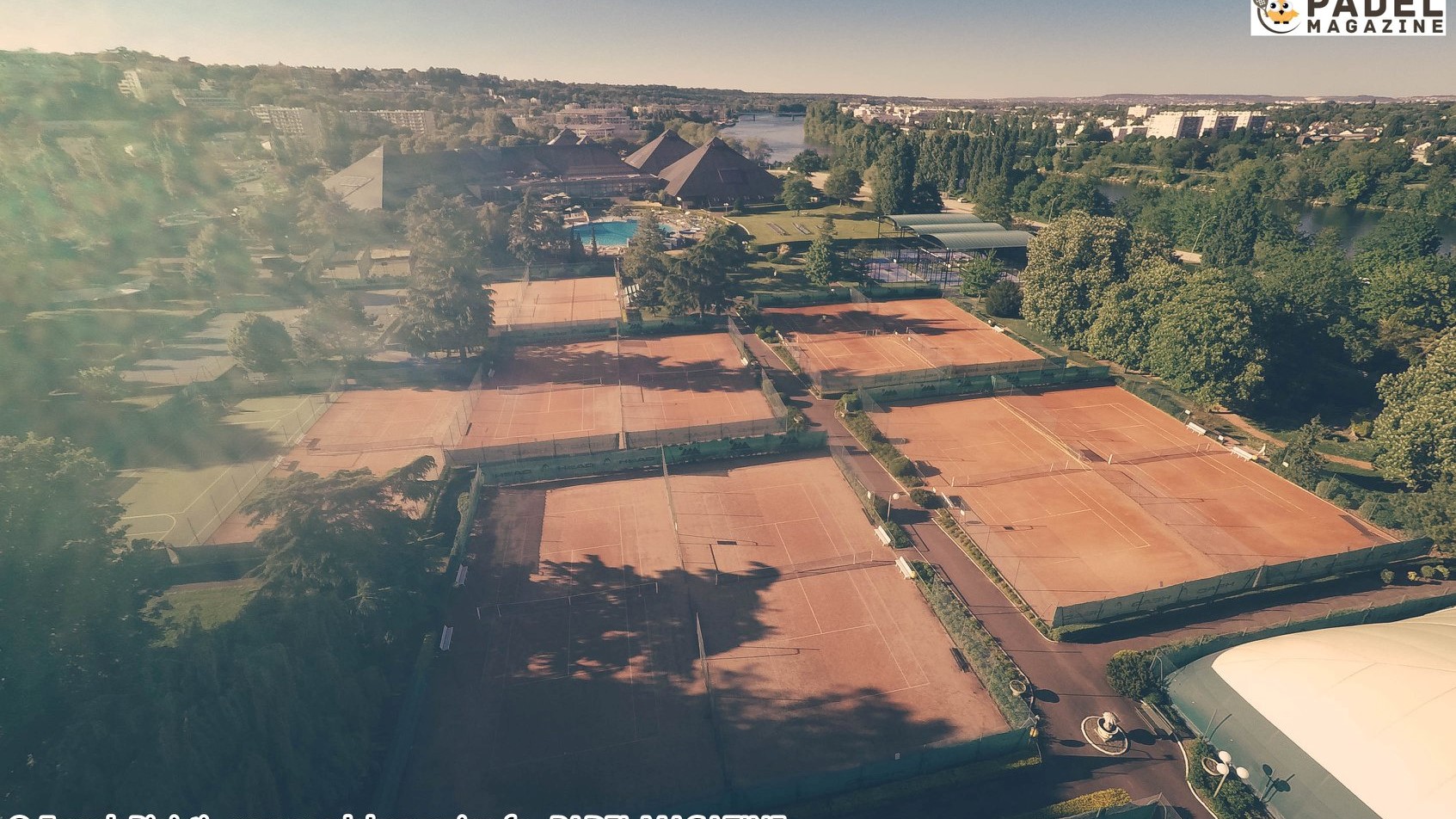
































































































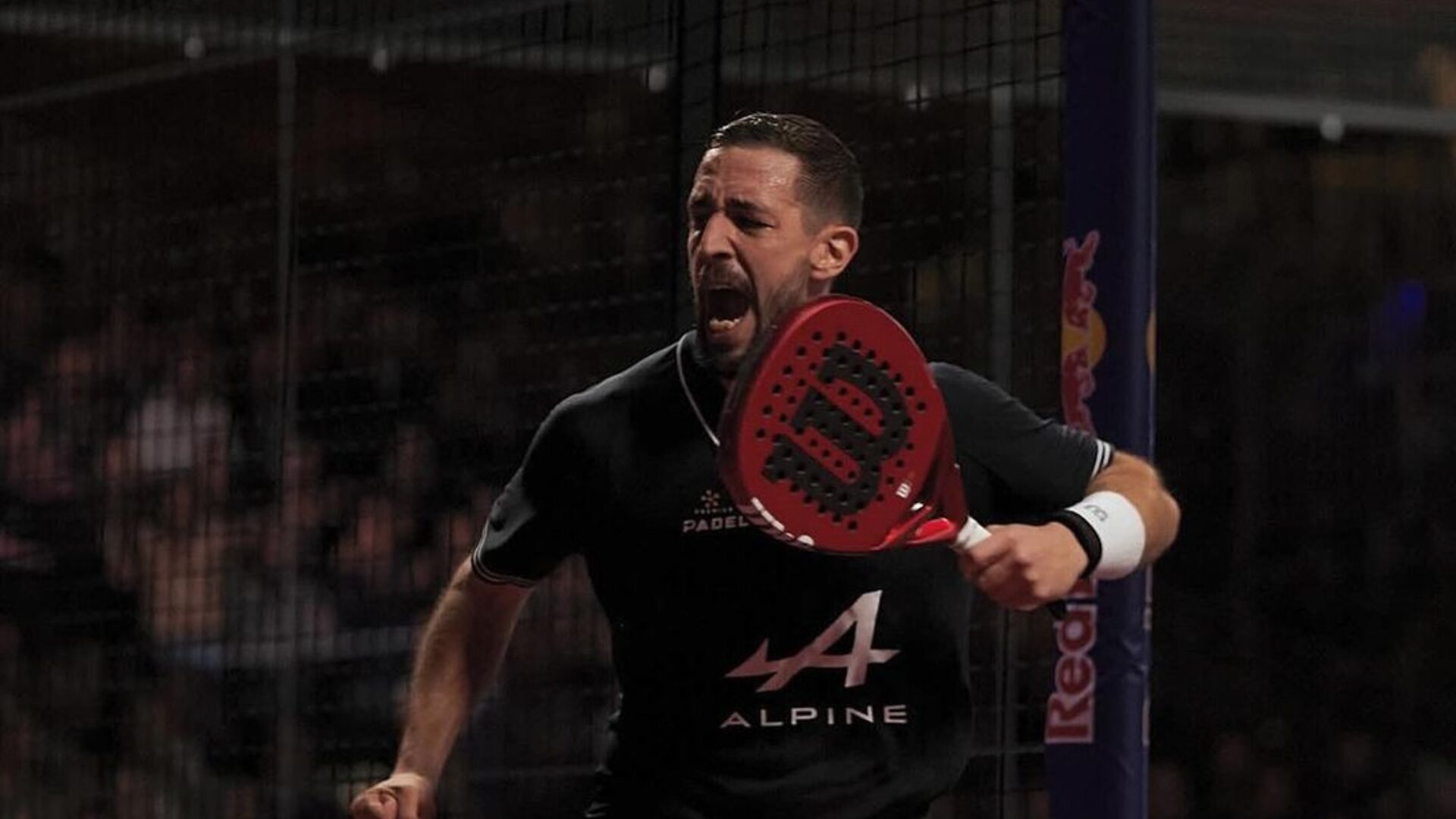 Lucho Capra: “I have fun again on the track”
Lucho Capra: “I have fun again on the track”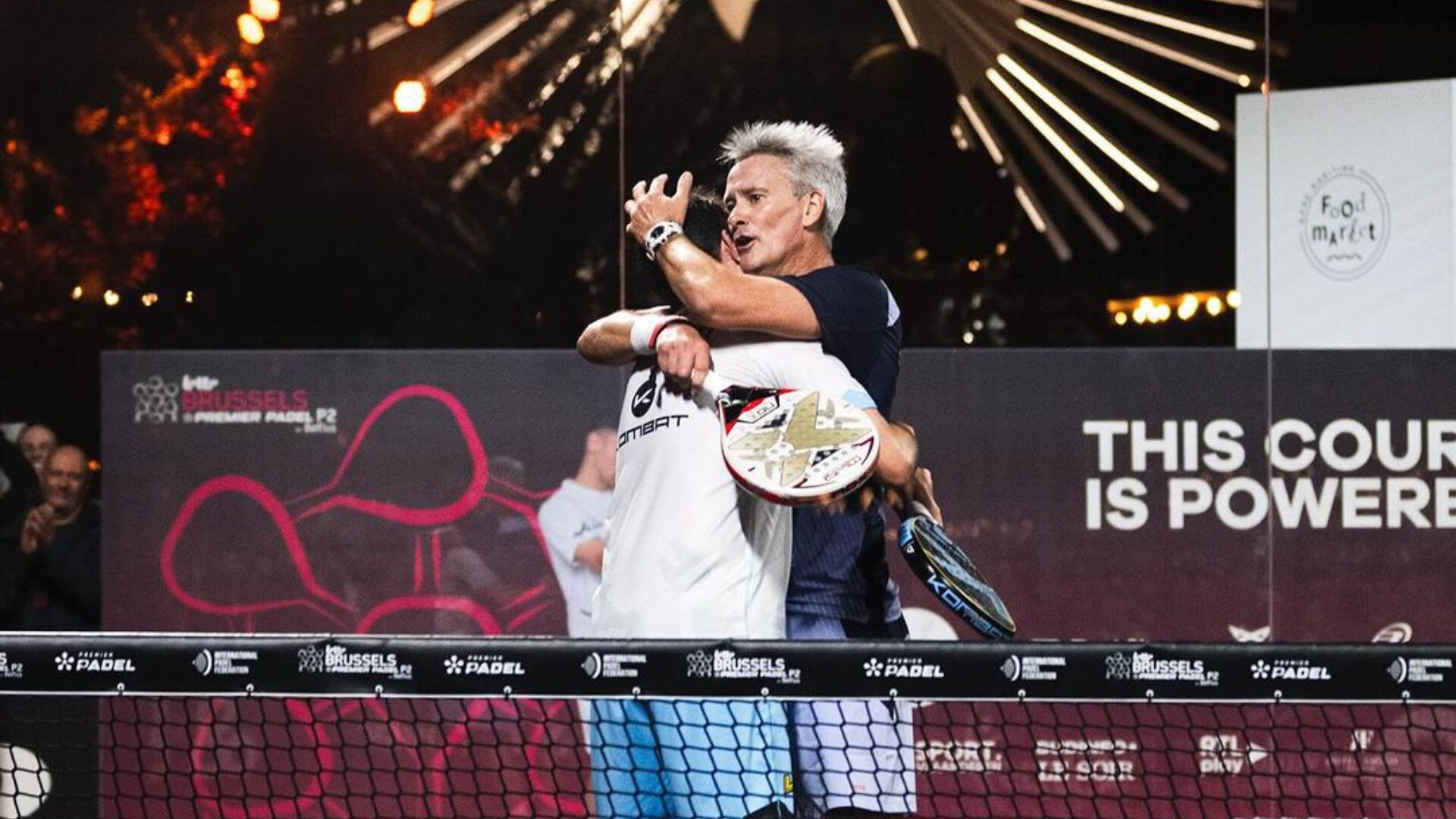 Big evening in Brussels with two seeded players on the mat, heckled number 1s…
Big evening in Brussels with two seeded players on the mat, heckled number 1s…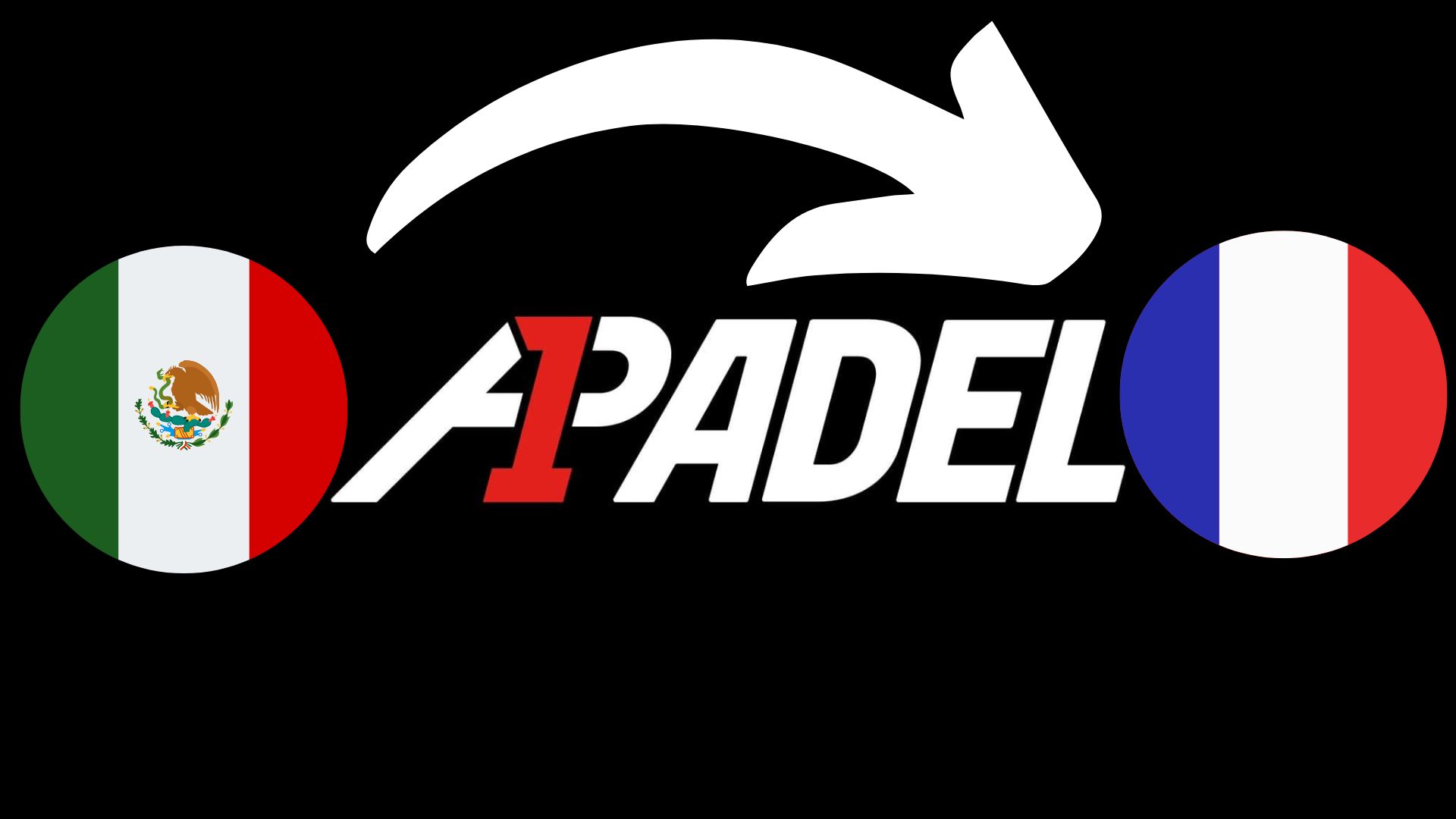 A1 Padel – the French Open replaces the Mexican Open on the calendar
A1 Padel – the French Open replaces the Mexican Open on the calendar Guillaume Codron de Sud Padel : “A family project”
Guillaume Codron de Sud Padel : “A family project” Nallé Grinda: “Democratize the padel in the USA with PadelX "
Nallé Grinda: “Democratize the padel in the USA with PadelX " Simon Boissé: “We know that there are two nations in front of us”
Simon Boissé: “We know that there are two nations in front of us” Marie Maligo: “This period of frequent changes of partners was beneficial for me”
Marie Maligo: “This period of frequent changes of partners was beneficial for me” Gilles Moretton: “We will be able to put the padel at the level of tennis”
Gilles Moretton: “We will be able to put the padel at the level of tennis” Two P1000 doubled prize money approaching!
Two P1000 doubled prize money approaching! José Manuel Escin at the inauguration of Casa Padel DOS: “Finally, and thank you!”
José Manuel Escin at the inauguration of Casa Padel DOS: “Finally, and thank you!”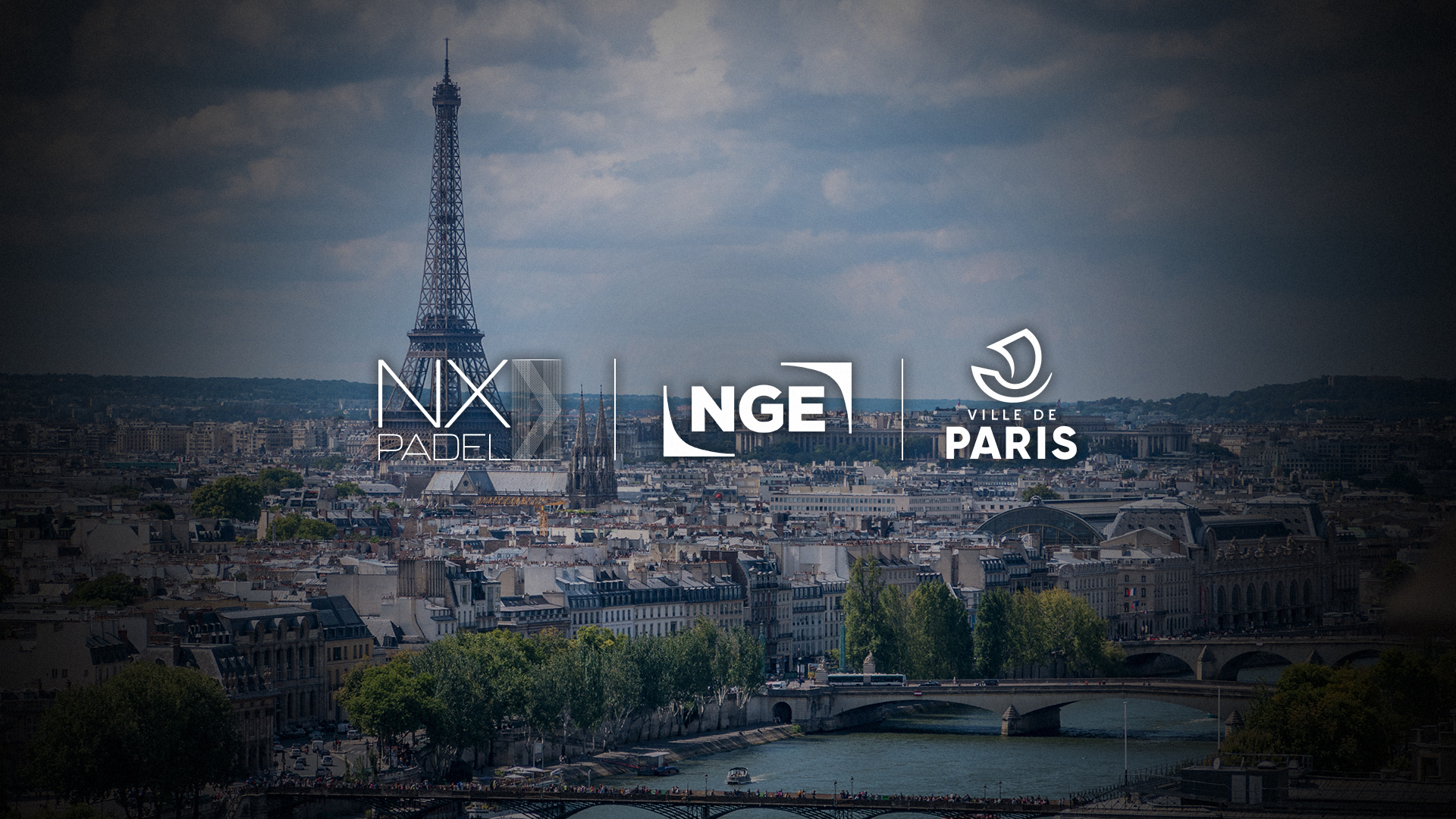 4 Fiberglass Padel Courts for The Ville de Paris: a choice that looks to the future
4 Fiberglass Padel Courts for The Ville de Paris: a choice that looks to the future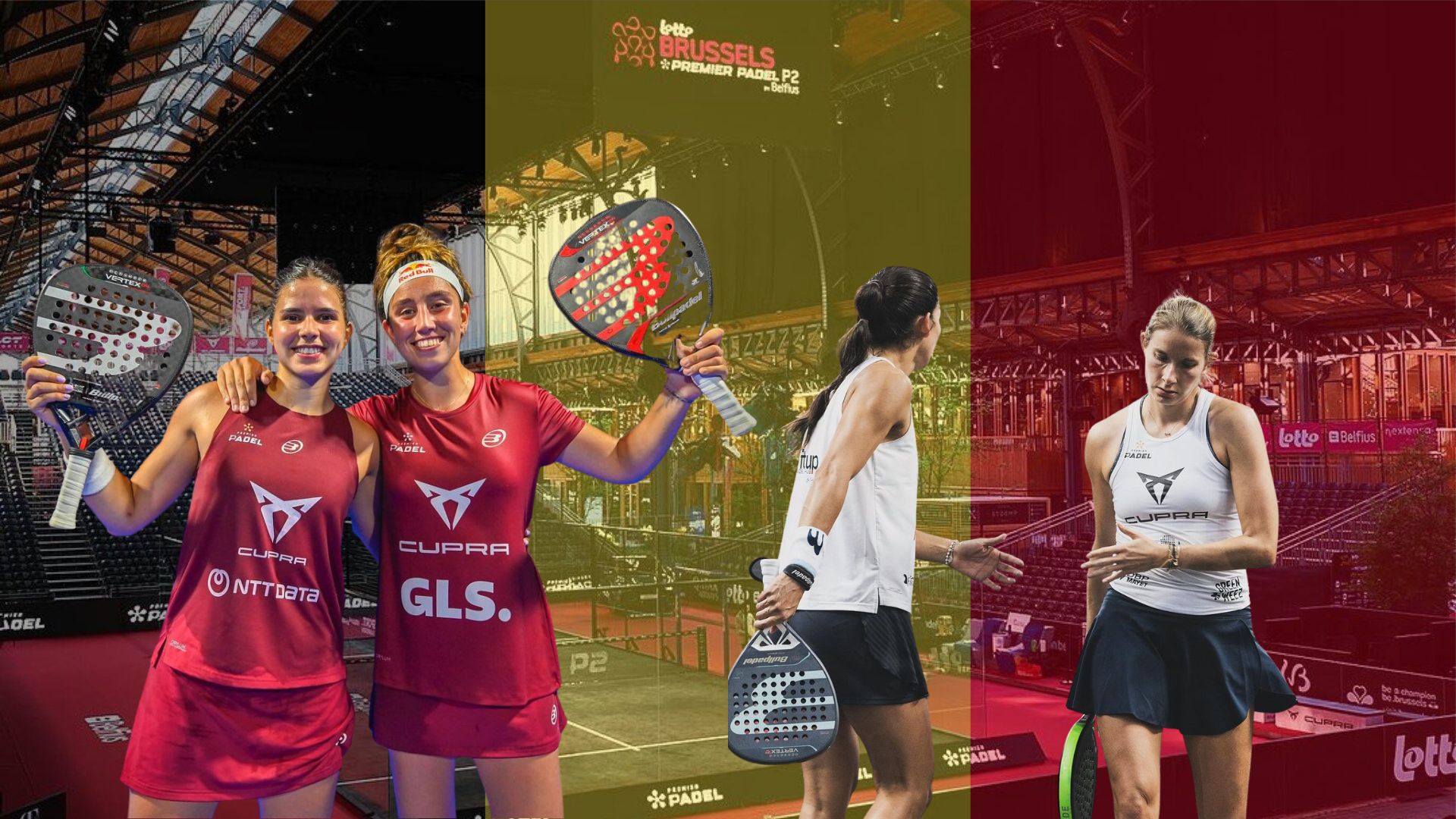 Brussels Premier Padel Brussels P2 – Collombon / Bidahorria falls against Brea / Gonzalez
Brussels Premier Padel Brussels P2 – Collombon / Bidahorria falls against Brea / Gonzalez Padel Score comes to Tahiti for American Express Padel Cup!
Padel Score comes to Tahiti for American Express Padel Cup! Do you know the Rafa Nadal Academy Tour?
Do you know the Rafa Nadal Academy Tour? Play at padel on his yacht? Possible for €233.000!
Play at padel on his yacht? Possible for €233.000! Our Top 10 training courses padel in France and Europe
Our Top 10 training courses padel in France and Europe At the heart of padel – Episode 25: Paul and Andoni answer your questions
At the heart of padel – Episode 25: Paul and Andoni answer your questions Tactical padel – What to do when faced with players who systematically stay at the bottom?
Tactical padel – What to do when faced with players who systematically stay at the bottom? The basic tactics of padel
The basic tactics of padel At the heart of padel – Episode 25: Paul and Andoni answer your questions
At the heart of padel – Episode 25: Paul and Andoni answer your questions At the heart of padel – Episode 23: defend the window well
At the heart of padel – Episode 23: defend the window well Prohibition on playing topless Padel : the reasons
Prohibition on playing topless Padel : the reasons FIP Tour – Going far from Europe, THE strategy to earn points!
FIP Tour – Going far from Europe, THE strategy to earn points! What is a good football player? padel ?
What is a good football player? padel ? “Lefties give me headaches when I play against them!”
“Lefties give me headaches when I play against them!” At the heart of padel – Episode 14: how to earn points in winter?
At the heart of padel – Episode 14: how to earn points in winter? A par 4 is always a winner...even if you manage to defend it!
A par 4 is always a winner...even if you manage to defend it! Carbon fiber VS fiberglass: what to choose?
Carbon fiber VS fiberglass: what to choose? How to effectively test a racket padel ?
How to effectively test a racket padel ? La padel to fight Parkinson's disease
La padel to fight Parkinson's disease Don't play with a cracked or broken racket, your body will thank you!
Don't play with a cracked or broken racket, your body will thank you! Michel Cymes: “The padel, physically, it’s serious!”
Michel Cymes: “The padel, physically, it’s serious!” Jeremy Gala: “Promote the padel among young people in Belgium remains a challenge”
Jeremy Gala: “Promote the padel among young people in Belgium remains a challenge” The French Touch Academy organizes its selection day Padel-Study
The French Touch Academy organizes its selection day Padel-Study Report on the detection and training of younger generations
Report on the detection and training of younger generations